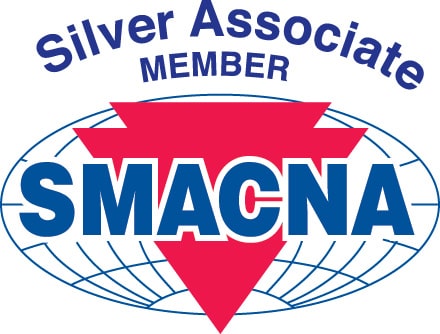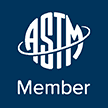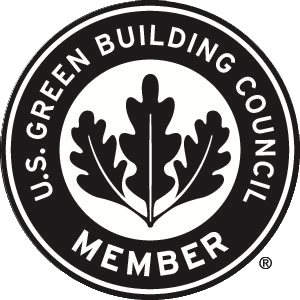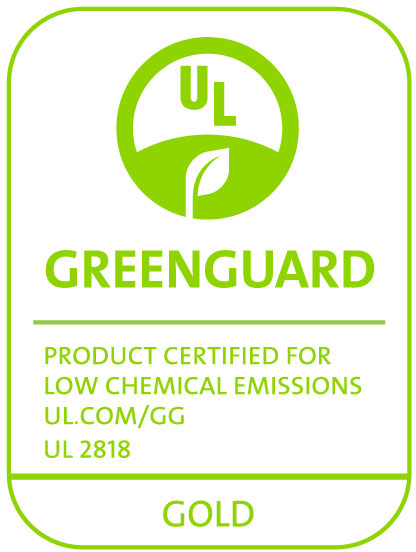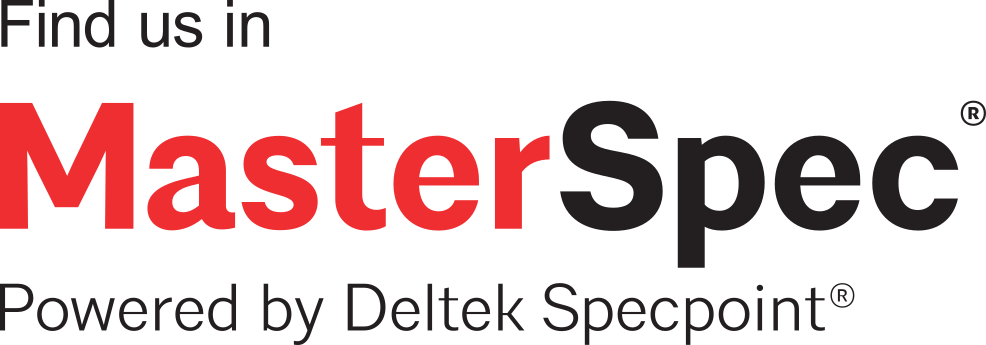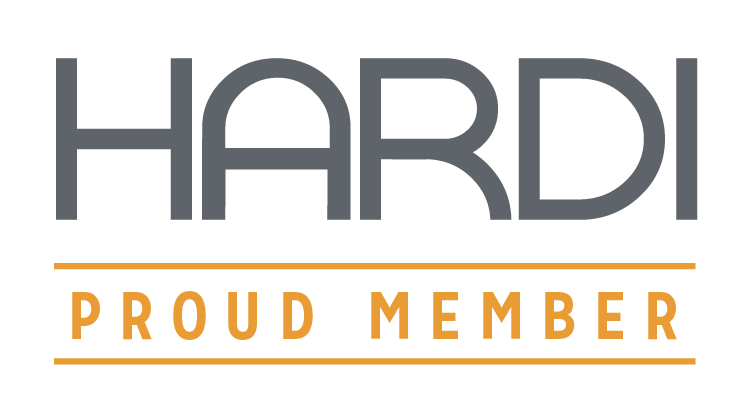
Choosing the right VRF and VRV pipe insulation system can deliver countless benefits. Although variable refrigerant flow (VRF) or variable refrigerant volume (VRV) systems have been available in other countries for about three decades, this HVAC technology has only been available in the U.S. market for a decade or so. In that relatively short period of time, VRF and VRV pipe insulations have experienced a 200%+ growth rate.
Learning more about how this technology can benefit heating and cooling system design, ductwork, and more makes it clear why that increase in growth has been so dramatic. If you’re looking for a system that can increase energy efficiency, save space, protect against condensation, pipe corrosion, and mold while also offering increased design options and enhanced individual user controls, this proven technology can deliver.
VRF and VRV pipe insulation systems, also known as ductless mini-split systems, are an innovative alternative to traditional HVAC systems that deliver thermal comfort to individual occupant spaces. When used correctly, VRF and VRV pipe insulation technology benefit the specifying engineer, the building owner, and the building occupants all at once. These benefits include increased energy efficiency, simultaneous heating and cooling, space conservation, design flexibility, and individual user controls in a given space. VRF and VRV pipe insulation technology can satisfy everyone involved in the building process by making an indoor space both more cost-efficient and more comfortable at the same time.
VRF and VRV pipe insulation system design is straightforward. Essentially, a large outdoor condenser unit controls the amount of refrigerant flowing to individual interior evaporating units that heat or cool a building space. VRF and VRV pipe insulations utilize a 2 or 3-pipe system (liquid line, hot gas line, and suction line) all of which must be insulated in order to maximize their thermal performance. There are a few important elements to keep in mind before designing with this system type. Since these piping systems significantly reduce or eliminate ductwork, the lines tend to be very long and are most often routed through building spaces, some of which are difficult to access after installation. Keeping this in mind during the design stage is critical.
It’s also important to note that since VRF/VRV systems are designed to operate at service temperature from below 32°F to +248°F, and system manufacturers require a continuous service temperature of insulation rated for at least +248°F. Your VRF and/or VRV pipe insulation system can only reach its full potential when factors like this one are taken into account.
Even taking into consideration the operating requirements and installation settings of VRF/VRV piping systems, Aeroflex EPDM closed cell elastomeric foam rubber pipe insulation is a proven choice for improved efficiency, design, and more. With properly installed VRF and VRV pipe insulation systems, you can expect all the following benefits:
- Upper continuous service temperature of +257°F
- Closed-cell structure with built-in vapor retarder that effectively controls condensation
- Protection against pipe corrosion for favorable life cycle costs
- Natural mold resistance, which means longer-lasting materials and reduced health risks to building occupants
- Naturally UV-resistant (condensers & rooftops) for enhanced durability and longevity
- Available in pipe sizes as small as ¼” and wall thicknesses up to 2” thick
- EPDM zero-perm tape (Protape) to seal and protect glued seams from water vapor drive
- Passes ASTM E84 25/50 flame/smoke standard for increased fire protection
- Meets national (ASHRAE 90.1, IECC, IgCC) and state energy codes (CA Title 24)
- Made in the USA with global materials, so your material selection supports jobs and our local/national economy
We are here to help you access the benefits of VRF and VRV pipe insulation systems. To learn more about how VRF and VRV pipe insulation can benefit your project and learn more about Aeroflex products, please visit https://aeroflexusa.com/hvac-equipment-insulation/.
Looking to do more research first? Click here to access our technical bulletins for even more information on VRF and VRV pipe insulation and our products.
Source:
https://insulation.org/io/articles/new-hvac-technology-emerges-vrfvrv-systems/




